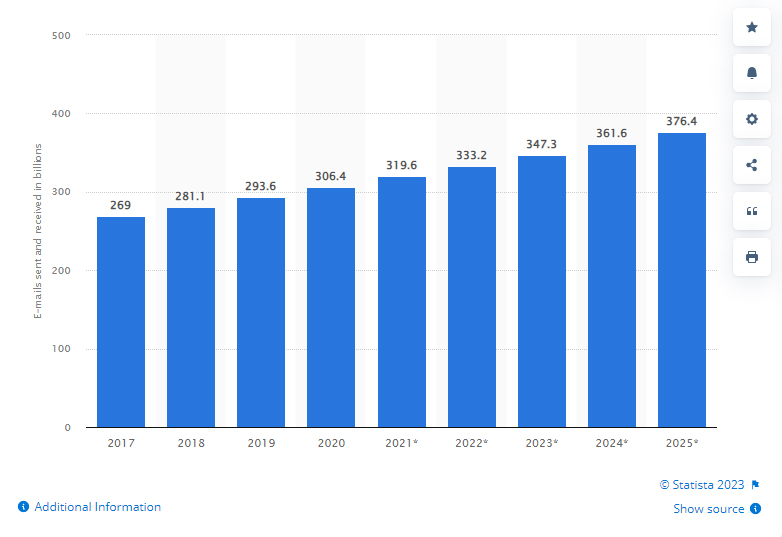When it comes to the showdown between text (SMS) marketing and email marketing, there are many things to consider. Both have their benefits and place in a marketing plan, but when compared, the strengths of SMS marketing are too often overlooked. 96% of Americans own a mobile phone, while 5 billion people in the world are able to send and receive text messages, a number that is predicted to rise to 5.9 billion by 2025.
Text vs. email marketing: Key differences
Text messaging is gaining in popularity, but email marketing isn’t going anywhere soon given that there were 3.9 billion email users in 2019. While both methods are effective ways to communicate with your customers, each channel also has its own benefits.
For example, email is a great method if you want to send longer, richer messages that include images and attachments. In contrast, text is great for concise, timely information. When used together correctly, email and SMS can be complementary channels that create an effective omnichannel marketing experience.
Let’s take a look at a few main areas in which text and email marketing differ in terms of their potential for effectiveness.
Visibility is key
Research has shown that there are more than 293 billion emails sent every day. This means that marketers have to work hard to stand out from all the other inbox noise. In comparison, only 23 billion text messages are sent each day worldwide, and texting is becoming the go-to.

In fact, Pew data shows that adults who text typically send and receive a median of 10 texts a day, and when it comes to millennials and teenagers, they send and receive around 50 texts per day. Given the lower competition along with the volume of messages sent, text messaging has a clear advantage in this respect.
Open rate matters
As a society, we’re more distracted than ever. It’s not uncommon for someone to be listening to a podcast while reading work emails. As a marketer, your challenge is to try to grab the attention of your audience.
When it comes to the average open rate for text message marketing campaigns, it’s a whopping 98% compared to just a 20% open rate for email marketing campaigns. Even in a world filled with distractions, text messages are the most direct route to gaining the attention of your intended audience.

Rapid response time
Research shows that the average person replies to a text message within 90 seconds, compared to 90 minutes for an email—and they’re checking for text messages more often.
Data also shows that, on average, most professionals check their email around 15 times per day. In contrast, Americans now check their phones 96 times a day—or about once every 10 minutes. On top of that, 46% of Americans admitted to checking their smartphones before they even get out of bed in the morning. If you want to get a response to your messages, text marketing is your best bet.
Deliverability
Given that text marketing requires the customer either to opt in or out, your list already includes customers who are more engaged and likely to convert. And since there are fewer texts being received, the likelihood of seeing these messages is higher.
In fact, only 10% of text marketing messages are spam, compared to nearly 50% of emails, which can be flagged as spam for everything from a questionable subject line or too many images to having been sent without custom authentication.
Which is better: text or email?
It truly depends on your goals, but a smart marketing plan is to use both platforms in a complimentary fashion. This allows you to stay in touch with your prospective and current customers across a variety of channels and touchpoints. Text marketing is a proven way to reach a wide population in an efficient and effective way, and with the increased adoption and use of texting as a popular form of communication, its use is only going to grow.

